How do different lenses affect the photo quality?
The Choice of the Right Lens Greatly Affects the Result you can Get from your Camera.
It's true that nothing is more important than a photographer's skill, but using the wrong lens can often frustrate beginner photographers and discourage them from continuing to practice. Also, without a quality lens, you may lose good image quality, and sometimes you may experience color distortion. As a beginner, if you need to get some help, find one of our photography courses
In this article, you will learn about the main aspects worth knowing to understand how a lens affects image quality, how to use filters for a lens, and what types of lenses exist.
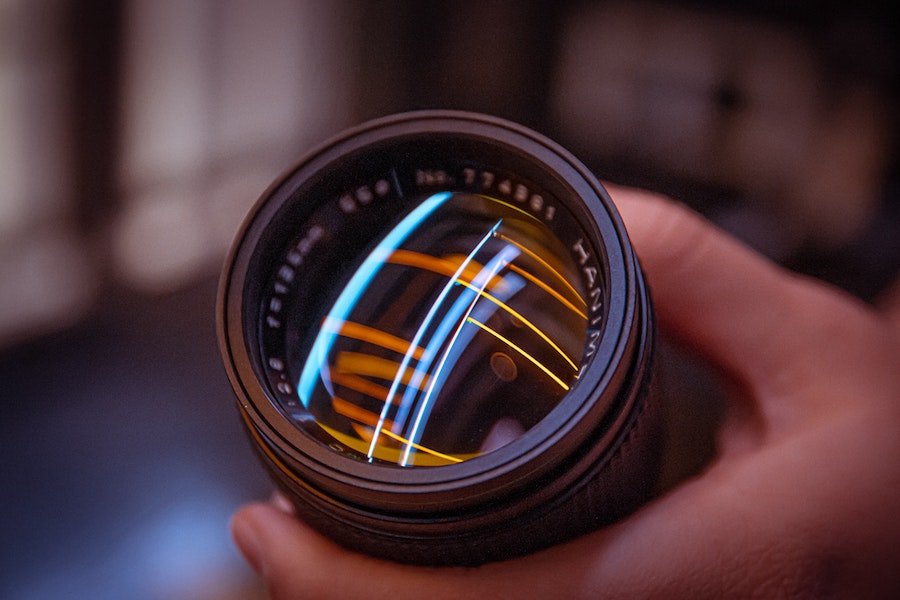
What affects photo quality more - lens or camera body?
Your lens completely affects the quality of your camera images. It is the device that creates the image. You can look at the camera body for things like potential resolution, potential color depth, and image noise, but a camera, at best, can only record a very close image created by the lens. Lens quality is more important than ever because of the ever-increasing number of megapixels in today's digital cameras. Often the resolution of digital photos is limited by the camera lens rather than the resolution of the camera itself.
Everyone is probably familiar with the concept of image resolution, but unfortunately, it is often given too much attention. Resolution only describes the amount of detail a lens can capture, but not necessarily the quality of the captured detail. Other factors therefore often contribute much more to our perception of the quality and sharpness of a digital image. Therefore, for two lenses with the same resolution, the apparent image quality will be determined primarily by how well each retains contrast, with these lines becoming increasingly narrow. However, in order to make a fair comparison between lenses, we need to find a way to quantify this loss of image quality. A camera lens has a greater influence on picture quality than the number of megapixels, for example, because it directly affects background blur, sharpness, level of detail, and depth of field - to name just a few of the more important parameters.
Using a better lens than the standard one supplied with most cameras almost always results in a significant improvement in quality. A large part of the technical quality of an image is determined by the lens, the only exception being the sensor and the way the camera processes the images. The number of megapixels in a camera is determined by the resolution of the camera's sensor, which is part of the camera body. The quality of digital photos depends on four main factors: The quality of the recording device (camera lens and sensor, and scanner sensor), the size (in pixels) of the digital image, and the digital format in which it is stored (lossless or lossy compression).
The lenses and sharpness of your camera are also important factors in understanding sharpness in photography. If the lens you choose is not sharp enough, the final image may not be as sharp as it could be, and you may not get the most out of your camera's megapixels. Image resolution determines the size at which you can get high-quality prints. As a rule of thumb, you should aim for 300 pixels per linear inch. For on-screen photos, you need very few pixels. Resolution affects the size of your digital photos, but not image quality. Photography is all about painting with light. Lenses are the tools you use to bend light, and an image can only contain as much detail and light as the lens allows. Generally speaking, the best lens always produces the best images, regardless of the number of megapixels.
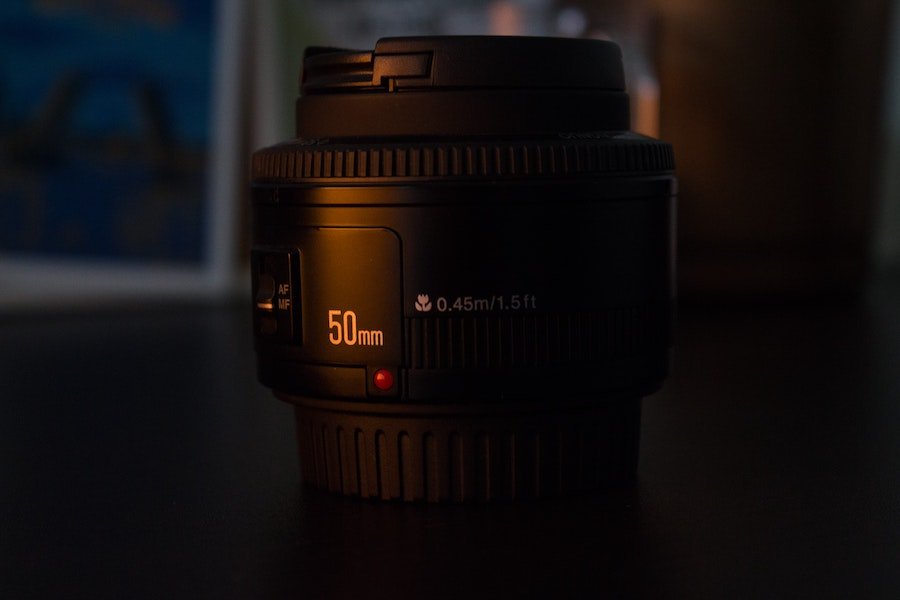
The Main Types of Camera Lenses Explained
Getting started in photography can be quite tricky when you learn about the number of different types of camera lenses. Fortunately, camera lenses can be divided into two categories: zoom lenses, and prime lenses. Below, we will explain the purpose of these two types of lenses.
Zoom Lens Zoom lenses are one of the most common types of lenses you may need in your photographic arsenal. They give you a wide range of options, whether you're shooting people outdoors or wild animals in the African savannah. Zoom lenses are incredibly versatile, the most popular being the 70-200mm lens used by wedding photographers. Zoom lenses have variable focal lengths, so with a 70-200mm lens for example, you can change the focal length from 70mm to 200mm. However, if you're traveling light, you can find zoom lenses with a much longer range, such as 18-270mm, which allow you to shoot both up close and far away. For aspiring photographers or those who have to shoot in a variety of scenarios and conditions, nothing beats a good zoom lens for quality and adaptability. This is a versatile lens that everyone needs!
Prime lens Prime lenses are a classic design that has been around for as long as there have been cameras. Prime lenses have a fixed focal length range, which means you can't increase or decrease the focal length. The main advantage of prime lenses is that they specialize in a single focal length. In other words, they are fine-tuned for a specific type of shooting, unlike zoom lenses, which can be used in a multitude of cases. For this reason, prime lenses generally give much better images than zoom lenses, but you need to know what situation you can use them in. For example, a 50mm prime lens, also known as a Nifty Fifty, is ideal for portraits because the focal length is considered as close to the human eye as possible. On the other hand, a 35mm prime lens is usually best suited for landscape photographers.
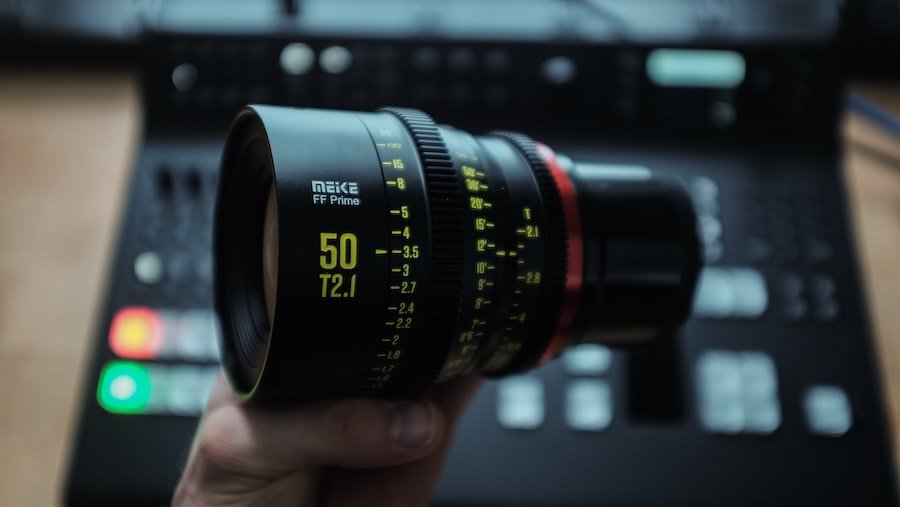
Telephoto lens If the standard zoom lens isn't powerful enough for your needs, the next step is a telephoto lens. These large lenses can be found ranging from 100mm to 600mm and sometimes more. Telephoto lenses are bulky and may require a tripod to support them, making them not as practical as a standard zoom. If you're a professional wildlife photographer, sports photographer or photographing the night sky and stars, a telephoto lens can be invaluable. For amateurs, however, it may not be affordable.
Wide angle lenses Wide-angle lenses are a must if you're a landscape photographer looking to take your photography to the next level. Wide angle lenses have a wider field of focus, allowing you to capture more of the scene in front of you than you would with a zoom lens. For this reason, wide-angle lenses are great for shooting landscapes, as they capture more of the landscape and create a brighter image. They're also great for photographing architecture, as you'll be able to capture the entire building in front of you. Wide angle lenses usually have a focal length of 16mm to 35mm.
Fish-eye lens If you need to capture an even wider field of view you should invest in a fisheye lens. They create an uncanny fisheye effect similar to what you get in GoPro shots. A fisheye lens is actually an ultra-wide angle lens that provides a huge field of view. These lenses are more specialized and not usually needed by most photographers. They are useful if you are shooting indoors or using the camera for design work. An ultra wide angle lens can have a focal length of just 8mm. In conclusion, there are different types of lenses for almost any situation you might find yourself in as a photographer. Knowing which lens is best suited to a particular scenario will help you become a better photographer.
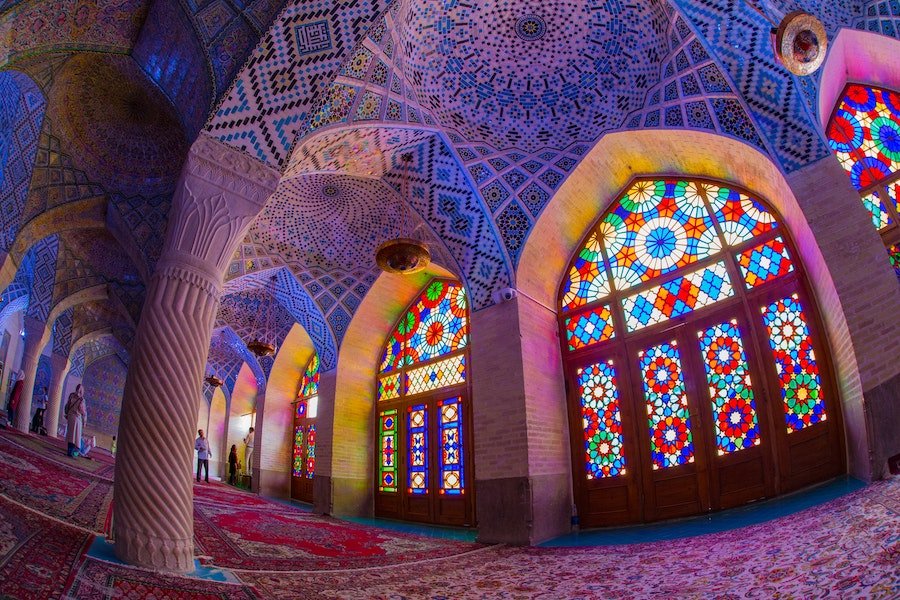
Lens Filters and their Effects on Photo Quality
Lens filters are an essential part of a photographer's arsenal, and while they are very useful, many wonder if they have a negative effect on image quality. However, most of the "before" and "after" photos used for comparison tests actually prove that lens filters don't have a negative effect on image quality. Some critics claim that placing an extra layer of glass in front of the lens causes problems. They say it affects the clarity, sharpness, and resolution of the image and can also cause ghosting and flare.
Tests, however, never support these theories. It should be noted, however, that not all lens filters are created equal. Using a low-quality filter is more likely to affect the quality of your images than using a very high-quality filter. For example, it has been proven that low-quality filters sometimes produce color casts. Also, the way you care for your lens filter can affect the quality of your images. A dirty and scratched filter will damage your images more than a clean and groomed filter, for example.
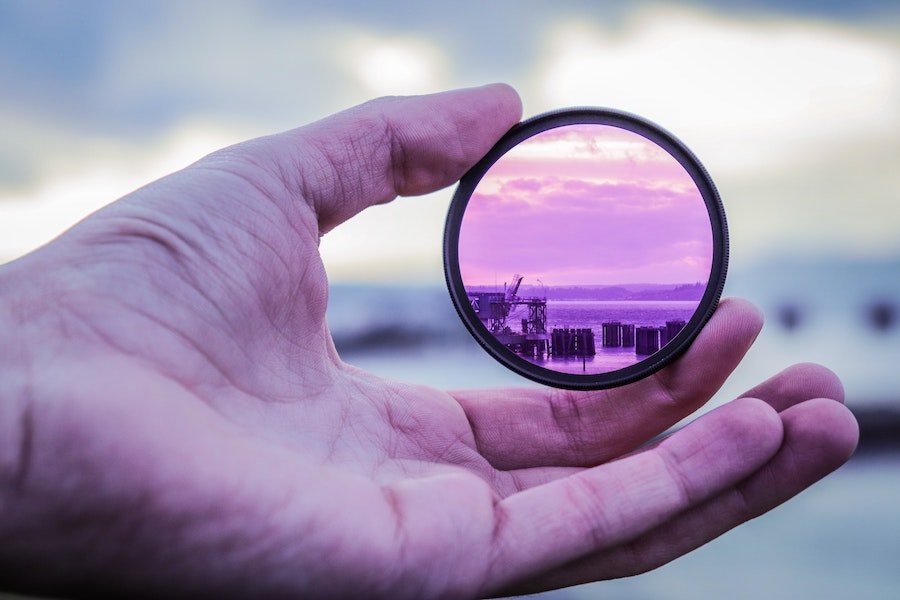
The benefits of using a light filter far outweigh any concerns about image quality, and it's a must-have if you're shooting outdoors or under different or difficult lighting conditions. For example, a UV filter is great for protecting your camera lens and can reduce haze in photos on sunny days. A polarizing filter eliminates glare, improves image clarity, and enriches colors. It's invaluable for any photographer capturing water, sky, or foliage. A ND filter is a real advantage for anyone shooting in bright light because varying the exposure allows the photographer to give a silky smooth effect to the water, enhance the color of the sky, clouds, or foliage as well as blur or distort moving objects.
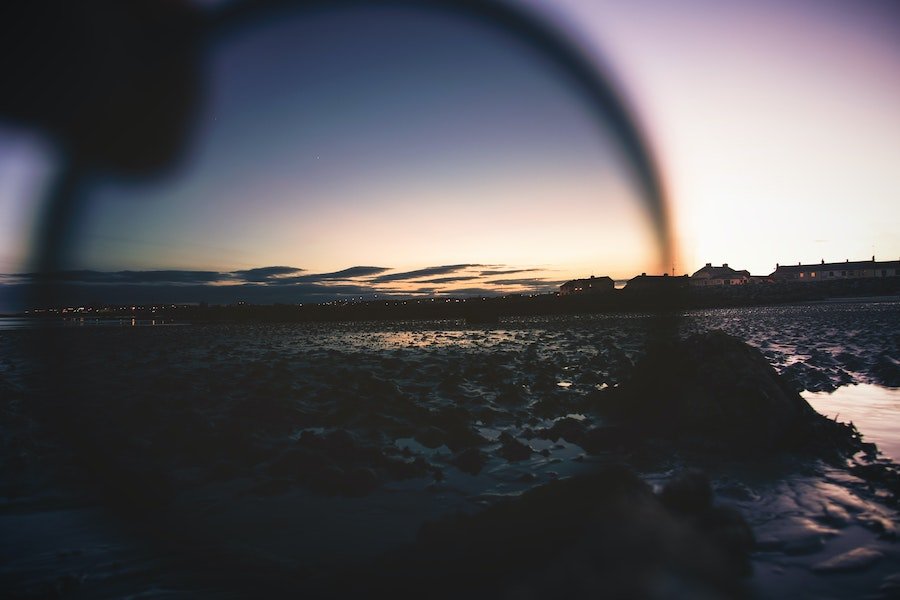
Many of these effects created with lens filters improve the quality of the image. But they also allow the photographer to add creative and unique touches that cannot be replicated in later editing. Certainly, the visual enhancement from the use of lens filters outweighs any slight or unreasonable negative impact on image quality.
UV Filters and Their Effect on Photo Quality
A UV filter is simply a transparent filter on the front of the lens that serves to protect the lens from damage. Filter manufacturers make extravagant claims that UV filters dissipate fog, but this has long been proven to be untrue. Some photographers use UV filters because they cost much less than a new lens. So if the filter is scratched, it can simply be replaced for a few dollars rather than buying a new lens. Although it doesn't cost much to replace the front element of a lens if it's scratched, most photographers appreciate the added insurance of a UV filter on the lens. However, professional photographers tend to avoid UV filters because they fear that they reduce lens sharpness and cause more flare.
A UV filter is simply a transparent filter on the front of the lens that serves to protect the lens from damage. Filter manufacturers make wild claims that UV filters cut through haze, but this has long been proven to be untrue. Some photographers use UV filters because they cost much less than a new lens. So if a filter is scratched, it can simply be replaced for a few dollars rather than buying a new lens.
Is There a Difference Between Glass and Plastic Filters?
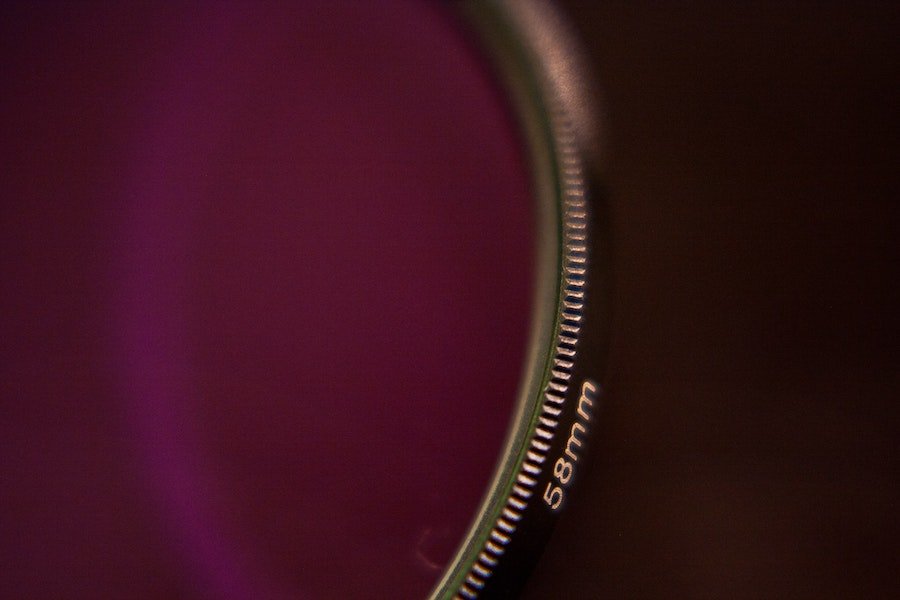
Yes, there is a difference. You might think that glass offers better protection than plastic, right? But that's not always the case. It depends on the type of glass, and it depends on the type of plastic. There are several different types of crystals. Among the most popular are sapphire, acrylic, and ceramic. Sapphire glass is scratch-resistant and can withstand a lot of abuse. But it can break if you hit it hard. Acrylic and ceramic resist shattering well. But they do scratch.
Quality is Very Much Dependent on Your Lens
Newer lenses released after 2007 generally don't need a UV filter when mounted on a digital camera. After this year, manufacturers started making filters from higher quality glass and metals/plastics. This is due to advances in lens coatings which help filter and level out the effects of UV filters. This is why the entire optical industry has advanced so much since 2011 or so. Zeiss started to make some noise with its Otus line of lenses, then Sigma followed suit with its Art line of lenses. Then Tokina, Tamron, and finally all the major camera manufacturers.
So, can damaged security filters still serve their purpose? Yes, they can. It all depends on how you shoot and in what scenarios you shoot. You probably won't notice any effect on your photos if you're using a damaged filter and if you're a photographer who tends to shoot at wide apertures. If you're shooting towards the light source, you might notice some glare if the bands on your filter catch the light at the right angle. Even then, the shallow depth of field when shooting will make them barely noticeable. On the other hand, the effect of a damaged lens filter becomes much more pronounced when you shoot in scenarios that require a lower exposure level. This is especially noticeable when shooting directly at light sources, as shown in the photos above. This doesn't necessarily mean that damaged filters need to be sent to the trash heap.
How Does Lens Care Affect Photo Quality?
Lenses with enough problems can destroy all the hard work of your craftsmanship. Although the price of a well-used lens is usually lower, this does not necessarily mean the image quality will be lower. It's likely that lenses that have been used for decades and have suffered internal damage will have lower sharpness and contrast than unused lenses. However, in most cases, it is very difficult to notice the difference. It is often more important how the lens was originally made. A well-made lens with excellent optical qualities is more likely to perform well with a little dirt, fog, fungus, or other damage when compared to a lower quality lens that is also damaged.
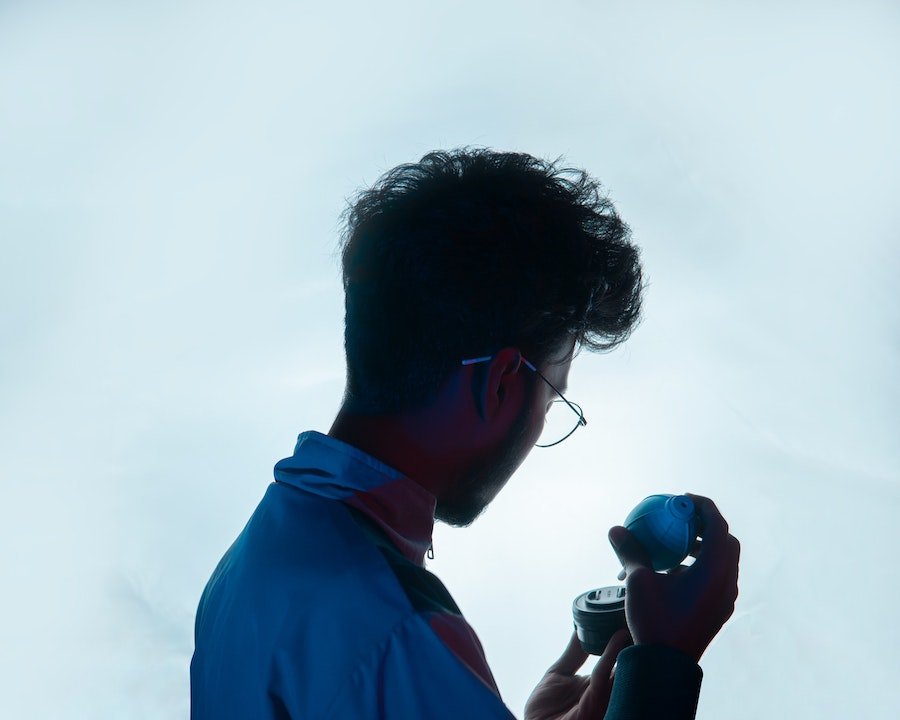
Here are the main problems you may encounter when buying a used lens:
Dust in the lens Dust can get into a lens in countless ways, and it's the most common cause of lens contamination. For focusing, changing the aperture, etc., a lens cannot be perfectly sealed. Some lenses come close, but dust gets in no matter what. Dust is dirt, debris, peeling paint, or even hair from the environment that gets between the glass elements.
Lens fungus Fungus is a combination of dust and moisture trapped between the glass elements. Life begins to grow in this mixture and the fungus slowly grows on the lens. Eventually, even if the fungus is scrubbed off, it can cause irreparable damage to the lens coating.
Lens separation Separation occurs as a result of glue degradation. Some lens elements are bonded to other elements with special adhesives which are not normally visible. However, when the elements separate from each other, the adhesive can cause the lens to reflect light differently, often leaving an iridescent pattern on the lens that looks like oil on water.
It's useful to remember that real life is unpredictable. Reality is varied and organic, and a lens can produce beautiful images without being perfect. So if you already have an old lens, it's worth trying it out and seeing if it's right for you:
